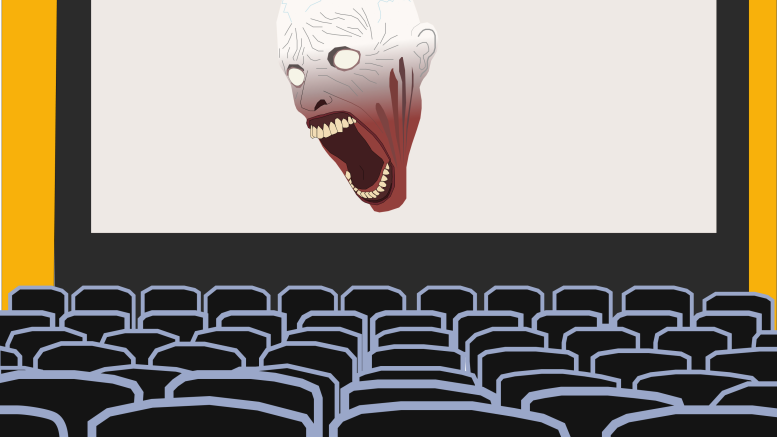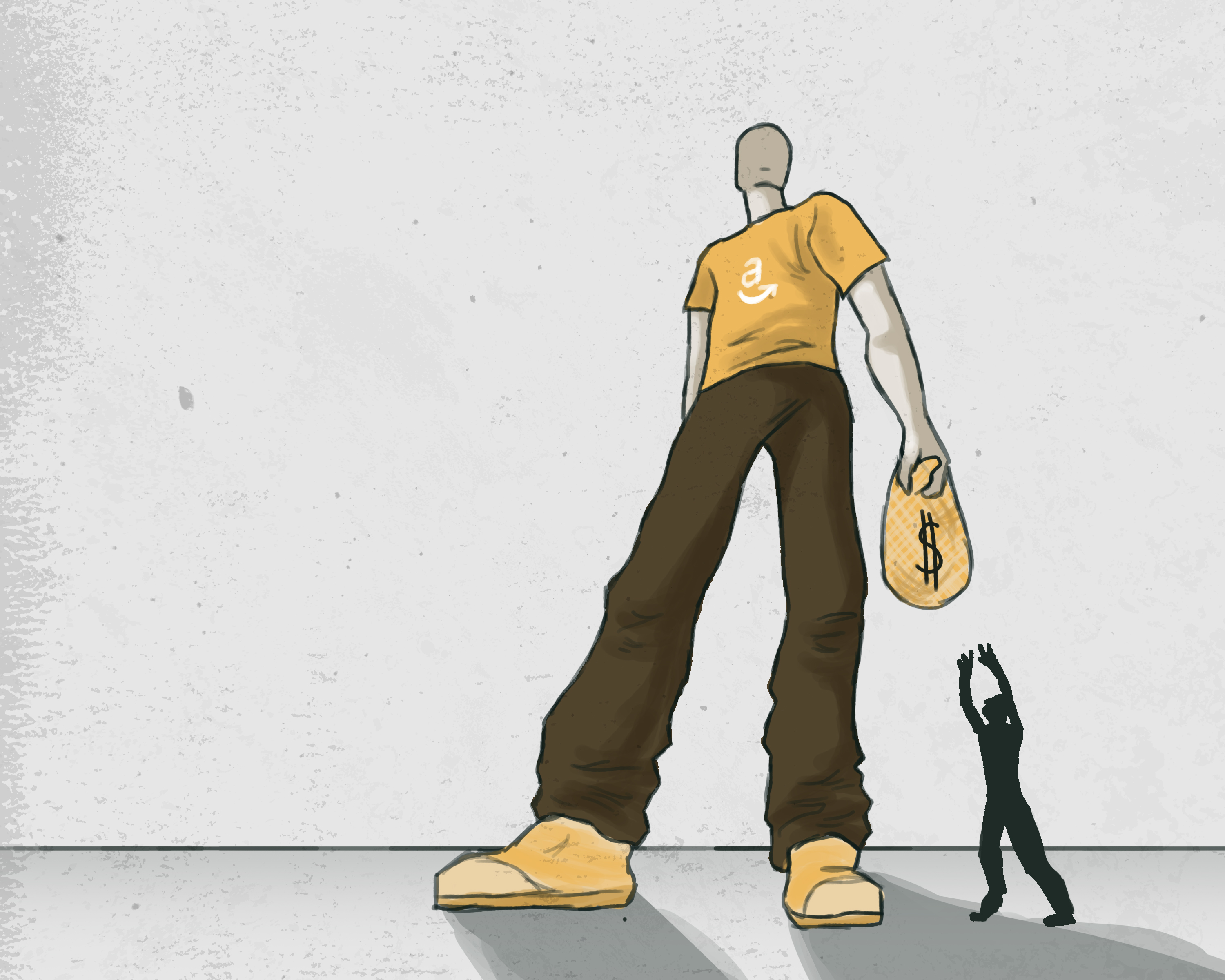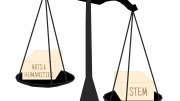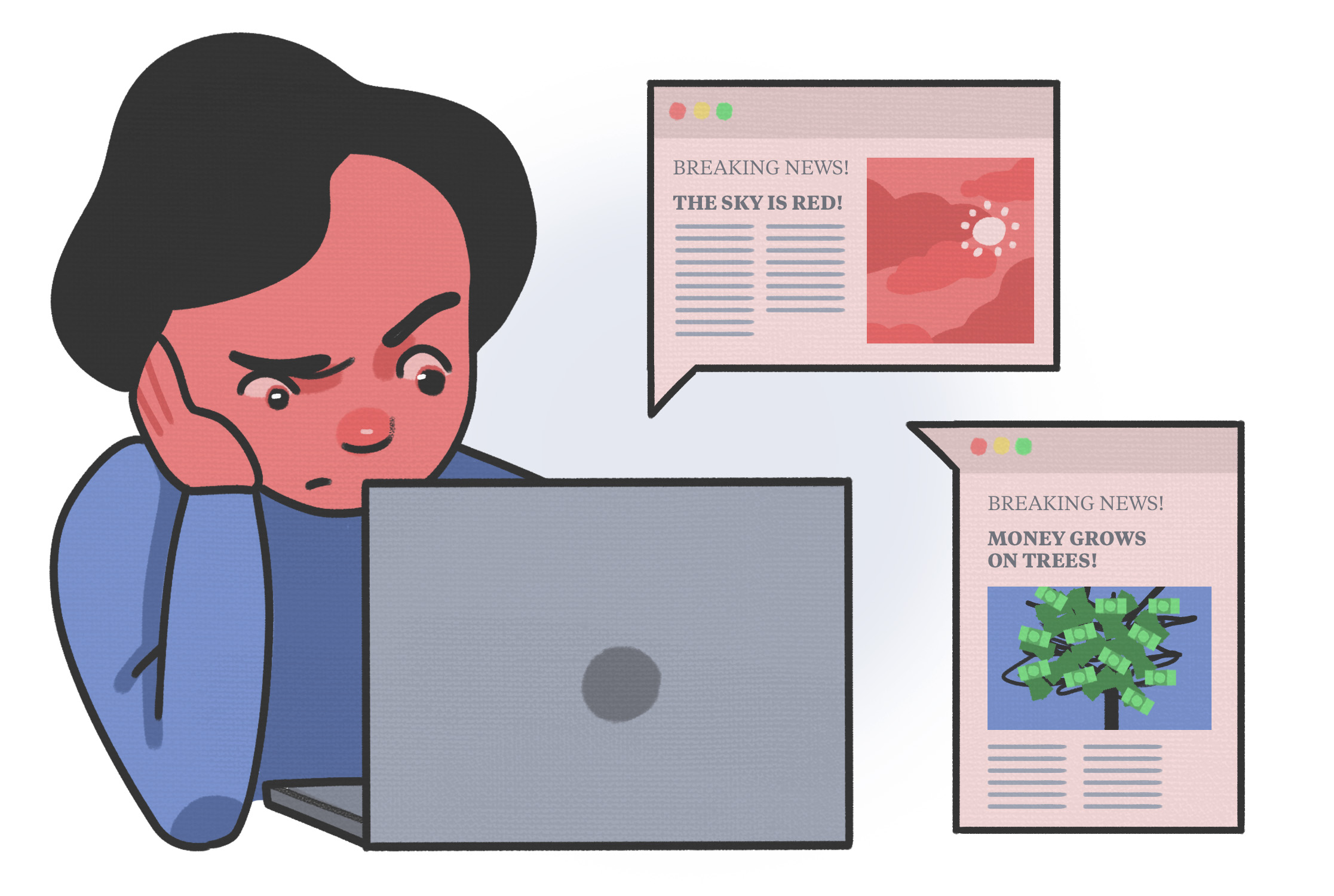While you snuggle up on the couch with some popcorn to watch a scary movie this Halloween season, you might find it hard to pick just one horror flick. Whatever your poison of horror sub-genre, whether that be slasher, apocalyptic or paranormal, horror films are on the rise. And there is just too much to choose from.
We are seeing more horror film titles than ever. IMDb catalogued over 1,500 new titles in 2023, which is 39 per cent more than in 2013.
But horror is not just seeing more titles, it is also high-production horror. The genre doubled its market share in the same 10-year window, from 4.87 per cent to 10.08 per cent, bringing in $1.9 billion worldwide in 2023.
We are seeing a growth in horror across the board. However, one sub-genre stands out among the rest, with its rise coinciding with horror’s high-reaching popularity — psychological horror. Over the past 10 years, psychological horror films have taken the genre by storm and influenced the heightened interest in horror overall. Two major genre-shifting titles are The Babadook (2014) and Get Out (2017). Since the release of these films, psychological horror, A24 and Jordan Peele have become part of the common lexicon.
So, aside from great cinema, why are audiences drawn to horror like moths to a flame — especially psychological horror?
Horror does not just aim to scare us — it speaks to us, reflecting the anxieties of the world around us. Horror taps into our collective fears.
Beyond jump scares, these films often carry an ideological message, mirroring societal issues and concerns. This makes horror a compelling genre as it can tackle everything from political divides to environmental collapse. It serves as a visceral response to the moment’s anxieties and a reflection of the cultural pulse, one unsettling scene at a time.
Psychological horror comes at horror’s reflective nature head-on. Psychological horror is meant to twist reality, create unease and often tackle social problems.
You may have already begun to connect the dots. We are in a time of societal unease and global disaster. We currently have 56 global conflicts, the most since the Second World War. Global conflict drives stress, fear and anxiety worldwide.
Additionally, climate change is continuously worsening without any signs of slowing down. We are feeling the impacts now materially, with the intensifications of disasters such as Hurricane Francine being attributed to global warming and this is just one example.
In today’s hyper-connected world, most people believe the internet keeps them more informed about international events. Yet, this endless stream of information brings a cost — rising anxiety.
Younger people, especially, feel plugged into every crisis, political shift and global issue, creating a cycle of “informed anxiety.” With concerns of war anxiety, climate anxiety and political stress, we are feeling a trifecta of rising pressure.
Instead of catching up on the news once a day, we are immersed in real-time updates. Our awareness of the world’s instability often fuels daily stress — a difficult loop of awareness and anxiety to escape.
It is no wonder we want to channel these anxieties into the big screen and why audiences eat it up like buttered popcorn.
Horror serves as a mirror but also a release. Psychological horror, especially, channels the dread and tension we experience in daily life — transforming these disruptions into stories that both haunt and captivate.
Through horror, we can confront our deepest anxieties in a controlled space, finding an odd comfort in facing fears that, while terrifying, are not our own. As the world’s troubles multiply, so does our appetite for horror. A genre that reflects the darkness of our reality and allows us, if only for a moment, to feel a bit lighter.





